Tombac and Silverware Collection
Yapı Kredi Vedat Nedim Tör Museum
Tombac
The use of gold- and silverware was limited to the Court in the Ottoman Empire; and interminable wars and economic crises meant that the Court, in turn, rarely had adequate supplies of precious metals for purposes other than jewellery, accessories and other decorative items. Everyday splendour at Court and in aristocratic homes was created instead by “tombac” ware: gilded metal bowls, censers, rose-water flasks, ewers and basins, candelabra, food trays, lidded bowls, soup bowls, coffee cup sleeves and coffee trays. This gilding technique involved an 80/20 amalgam of mercury and gold painted onto copperware. Heating on a wood fire then evaporated the mercury and the object ended up with a very fine plating of gold. Tombak ware, that is, copper and brass objects thus adorned, have always been prized in the East and the West.
This process took its toll on the craftsmen, however: prolonged exposure to toxic mercury vapour damaged the airways, and they rarely lived long enough to produce high quantities. That is the reason behind the rather small quantity of Ottoman tombak ware surviving today.
The Yapı Kredi tombac collection of 53 pieces incudes lidded bowls, coffee cup sleeves and trays, rosewater flasks, censers, breakfast dishes, bath bowls and candelabra.
Silverware Collection
Late Ottoman silver objects in the Yapı Kredi collection include large candlesticks, kitchenware, heavily decorated tiny jewel caskets, pillboxes and sweet dishes.
Several exquisite silver headdresses, necklaces, and hair ties in the collection illustrate essential items in an Anatolian woman’s wardrobe.
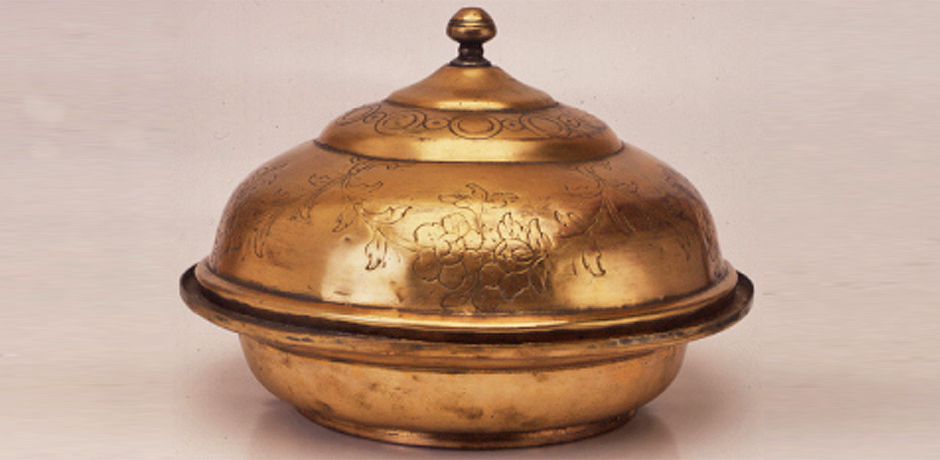
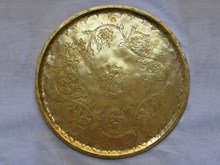
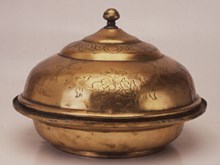
-3913.jpg)
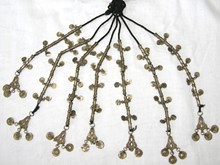
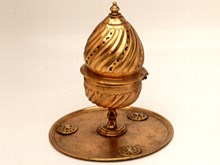
-3910.jpg)
-3909.jpg)
-3908.jpg)
-3907.jpg)
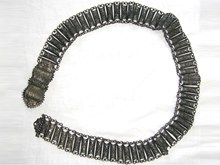
-3905.jpg)
-3904.jpg)
-3903.jpg)
-3902.jpg)
-3901.jpg)
